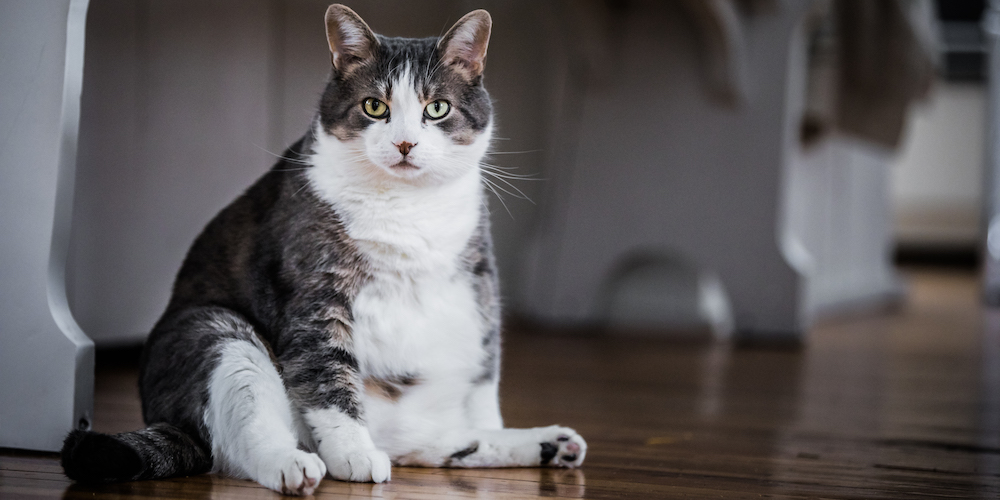
The dogs and cats in the family seem to like outdoor activities as much as we do. But the warmer months present special challenges for pet owners-fleas, ticks, skunk encounters and more! Here are some common summer pest problems—from ticks to fleas—and solutions.
The dog was rolling in something smelly. If they don't have a fence, cats going out sometimes bring small animals they kill or just want to play. Stray dogs and cats may be attacked or chased by wild animals and run away, encounter porcupines or skunks unexpectedly, or run on the road and be knocked down by cars.
Dogs and cats spending time outdoors, even in a well-manicured enclosed yard, or walking on a leash, can be infected with parasites, which may even migrate to humans in your home. Although fleas and scabies mites can be very irritating, tick bites can cause serious and life-changing diseases.
Ticks
In tick-endemic areas, even treated animals may carry various disease-causing ticks, attached to their fur, but not yet attached to the animal. Indoors, ticks may move, crawl around the house, and eventually attack humans. Some of the more serious diseases that ticks can infect your pet include Rocky Mountain spotted fever, Lyme disease, Ehrlichiosis, and Babesia.
This is why after outdoor activities, even if you are walking on a leash, it is important to bathe, groom, and brush your teeth before your outdoor-loving pet enters the house. The tick will catch any mammals that pass by because it flies over the blades of grass or branches where the tick is waiting.
Although it is possible to trim large pieces of fur, most veterinarians recommend not to shave even long-haired animals because their fur has evolved to provide cooling and insulation in the hot months and insulation in the cold.
Flea prevention
It is important to deal with fleas as much as possible. In just 21 days, one flea can multiply into 1,000 fleas in your home.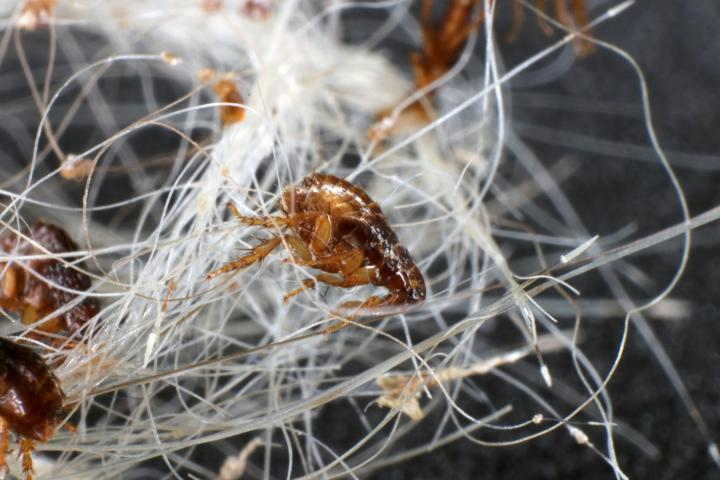
Fleas will infest your home, allowing you and your companion animal to feast on. They can cause our pets to experience itching, scratching, hair loss and crusting, as well as anemia, plague and tapeworms.
Discuss flea prevention treatment with your veterinarian to prevent fleas from appearing. Only purchase FDA-approved drugs and/or EPA-registered pesticides.
Do not provide treatments formulated for dogs to cats. Read the entire label before using/applying the product and follow the label instructions exactly.
Manage: scabies mite
Scabies mite (also known as scabies or scabies) is a highly contagious skin disease caused when scabies mites invade the skin of animals to lay eggs. Once the eggs hatch, the larvae will penetrate deep into the skin to mature and eventually become adults, migrating through the skin to lay more eggs.
It is most common in summer that dogs get scabies mites from the environment of infected animals, such as dog parks, dog daycares, grooming and boarding facilities, friends’ dogs or kennels. In a rural environment, dogs can be infected with mange by playing with wild canines (especially foxes) or investigating their dens.
The main sign of mange is intense itching. But scratching can cause hair loss and open wounds, which can lead to bacterial invasion.
This condition is easily treated by your veterinarian; it is similar to flea treatment, but more aggressive, including isolation and thorough bathing. Veterinarians can also recommend products for processing animal bedding and household items. You may also need to treat other household pets.
Scabies mites can also migrate to people. If you start to suffer from itchy, exudative lesions that continue to appear in a new location, please see your doctor and mention that your dog was recently diagnosed with mange.
Tapeworms
If you notice your dog or cat dragging its back on the floor, or licking its bottom more than usual, please take your pet to the vet and ask if there are tapeworms. Worms are not always visible in the stool of pets, so stool examination and treatment can be performed if necessary.
Treatments to eliminate tapeworms are essential to avoid transmission to humans (usually children) and to avoid damage to pets. Tapeworms are usually infected by fleas, animals ingesting infected fleas, and animals ingesting infected smaller wild animals (such as rabbits, birds, or rodents).
Stench and crusty fur
Veterinarians have put forward many reasons, although no research has proven to be clear, why some dogs like to roll in animal carcasses, feces, garbage and other stinky things. After a long and powerful roll, they sometimes trot back to the house with foul-smelling fur, looking for "attaboy" for their achievements.
What to do? The veterinarian said that the first step is to thoroughly dry the dry fur (if it is actually dry) with a brush designed for your dog's fur to remove the mat and as much stinky stuff as possible on the dog's skin. Bathe thoroughly with dog-friendly degreasing shampoo (ask your veterinarian). Rinse until the dog's fur is clean.
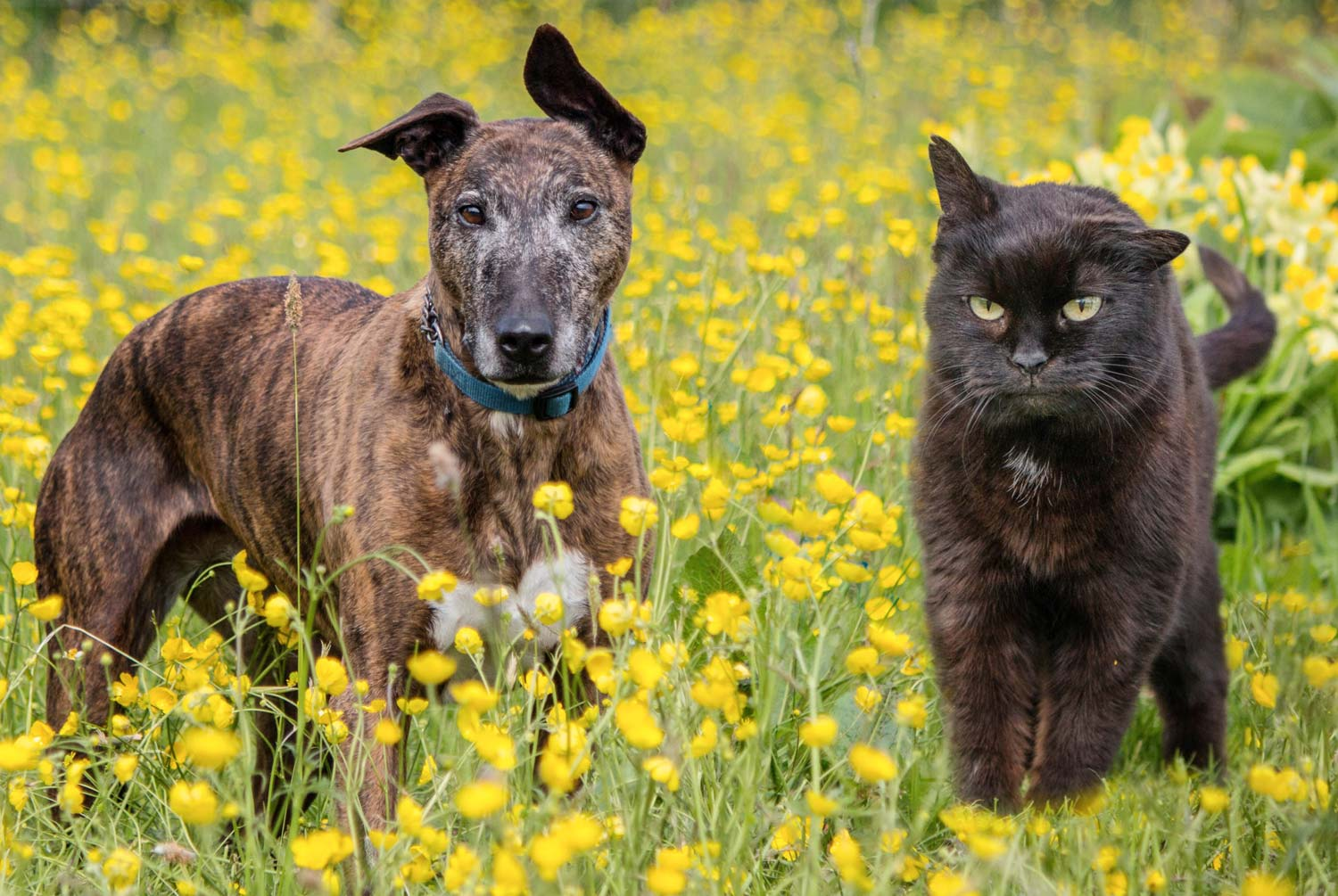
Skunk encounter
In rural areas rich in wildlife, or in suburbs bordering forests and other open land, dogs especially like to go out to play (and sometimes attack) wild animals. Although many animals fight and bite (keep pets’ rabies vaccinations up to date), skunks and porcupines are notorious for their unusual, usually non-lethal, but very effective defense techniques.
Because the skunk defensive spray can spread up to 15 feet, a large percentage of rural dogs will have at least one bad meeting with the skunk. If this is your dog, you will smell her trotting home.
Try not to let her in until you have a chance to get her into trouble. Do this as soon as possible to prevent the skunk oil from completely penetrating the pet's fur.
First, check the animal’s eyes for redness and swelling; rinse with cold water or carry a commercial eyewash product made for this purpose with you (ask your veterinarian).
To remove the fur, do not add tomato juice, vinegar or lemon juice. Carry a commercial makeup remover shampoo with you, or make your own shampoo. Before rinsing it with a hose, try to apply it to the fur of your skunk pet.
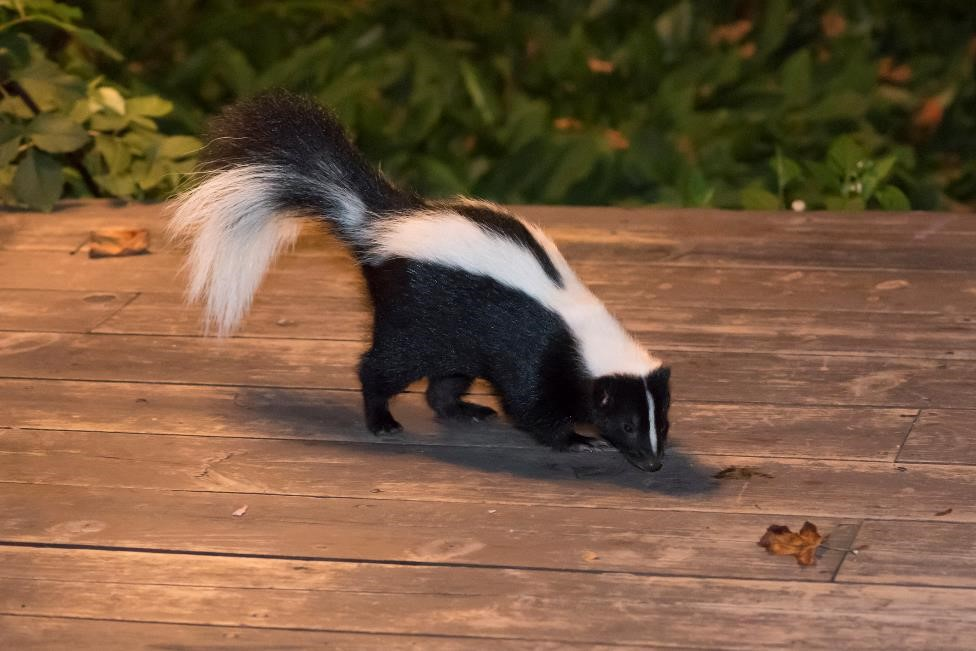
DeSkunking Recipe
- 1 quart 3% hydrogen peroxide solution (keep on hand, but replace every six months, as it loses effectiveness after that)
- ¼ cup baking soda
- 1-2 teaspoons of liquid dishwashing soap
Mix this solution only when needed, and don’t store it. The chemical reaction between the peroxide and the baking soda might cause a closed container to burst.
Because skunks are mostly nocturnal, keep your dogs indoors or in a screened outdoor enclosure at night.
Porcupine encounter
These cute, slow-moving rodents are not aggressive and usually maintain themselves. They cannot shoot their quill from a distance; when an animal gets too close and hits a porcupine or is hit by the porcupine's tail, the quill will fall off. Each of the 30,000 or so feather pens of wild animals contains 700-800 sharp barbs. Quills may get stuck in the dog’s nose, face, and lips; they may also end up in the mouth, tongue, and throat.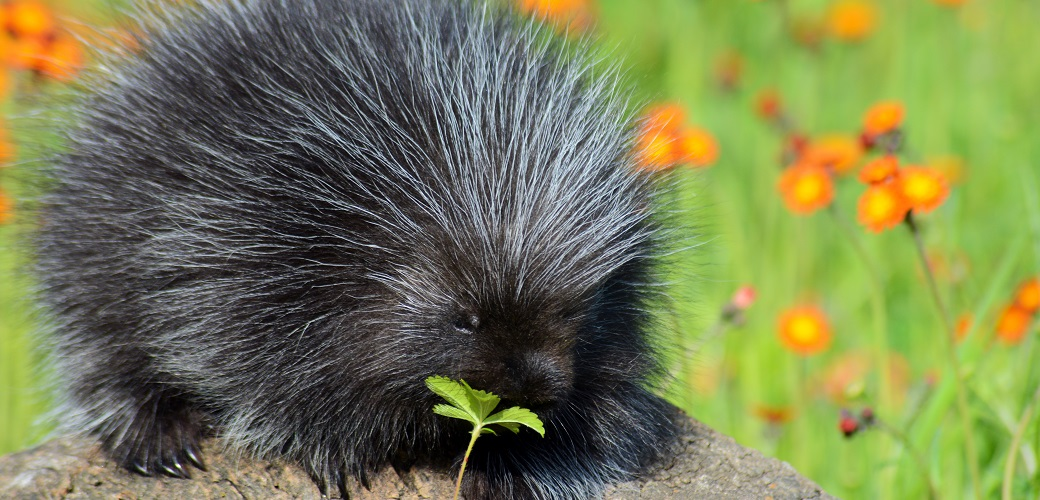
Don't leave the quill in it as some people suggest, "Teach Fido a lesson." If the dog turns over and paws itself while desperately trying to remove the painful quill, it may break some of them so they are more difficult to remove, or push them into deeper muscle tissue. From there, they can migrate to internal organs and cause life-threatening damage.
If your dog is "stabbed", don't try to remove the feathers yourself. Although porcupine spines sometimes move outwards, they can also migrate inwards, which can cause infection, damage the internal organs, and even kill the dog.
New research also suggests that porcupines may use their quill pens to kill.
Like skunks, porcupines are mostly active at night, so keep your dog locked up at night.
Consider a "CATIO"
Some people solve the problem of pets/wildlife encounters by building a shielded room fence for cats (and sometimes for dogs). The fence is usually built on the ground to allow cats to enter the outdoors to climb or run, rest and enjoy attraction.
You can find hundreds of photos, DIY plans and prefabricated designs online, ranging from small, mobile, playpen-like fences to elaborate tree houses, pergola, rooftop penthouses, and additional facilities for houses or garages. Some catios are small renovations of screened porches and terraces that family humans also like.
If you don’t have building skills, cats may be expensive, but this is a good way to keep your cats and dogs away from wild animals and kill them, while allowing her/him to watch birds and enjoy greenery. It also greatly reduces (but does not eliminate) the chance of infesting ticks, fleas or mites.








